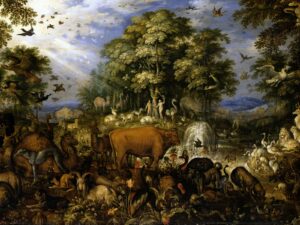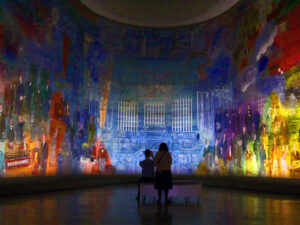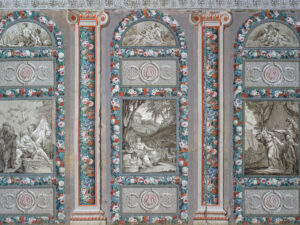
From farmhouse to museum: rescuing a length of wallpaper
It’s only thanks to the efforts of historian Maurice Jaenneret (1887-1961) that a magnificent section of wallpaper from a Jura farmhouse was saved from destruction in 1958.
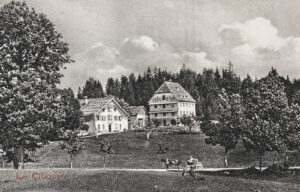
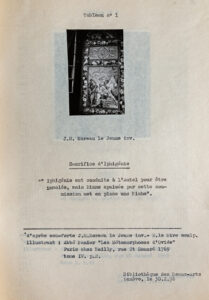
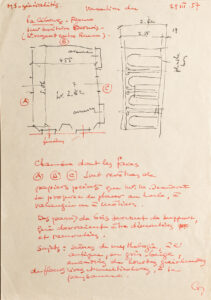
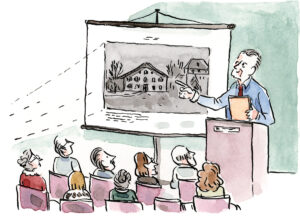
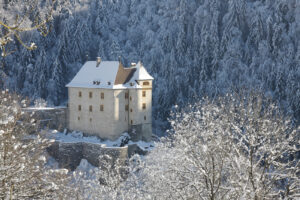
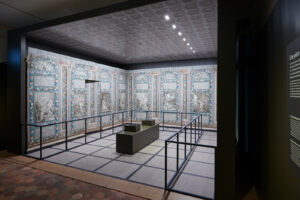
Ovid in the Jura. The Extraordinary Story of a Wallpape
How did a decor fit for the Tuileries Palace find its way into a farm in the Bernese Jura? The exhibition at Château de Prangins explores a luxurious parlour decorated with wallpaper from the late 18th century – a masterpiece from the Swiss National Museum that is being shown in public for the first time – and tells the fascinating story of its colourful owner. This is a tale of wine, wallpaper, countryside and contraband!

